Idea by
Fereshteh Assadzadeh, Ivo Pekec
IF
Call for ideas 2016
Subversive Cities
Subversive Cities

Present cities often face a multitude of exclusions caused as a consequence of spatial segregation. In the near future this is at a risk to increase, a further fragmentation of cities is possible.
Subversive Cities aims to illuminate, exemplified with the city of Tehran, the strategies that are used to counteract spatial segregation in the public sphere and to illustrate the way in which they manifest in the city presently, with a emphasis on learning from them for future developments in a similar vein.
Multiple forms of subversive space are examined, from fixed physical spaces to more fluid counter publics, concluding with functions of public space being fully moved the digital realm. Together they represent attempts at reestablishing parts of the lost participatory nature of the city, in the face of many exclusions.
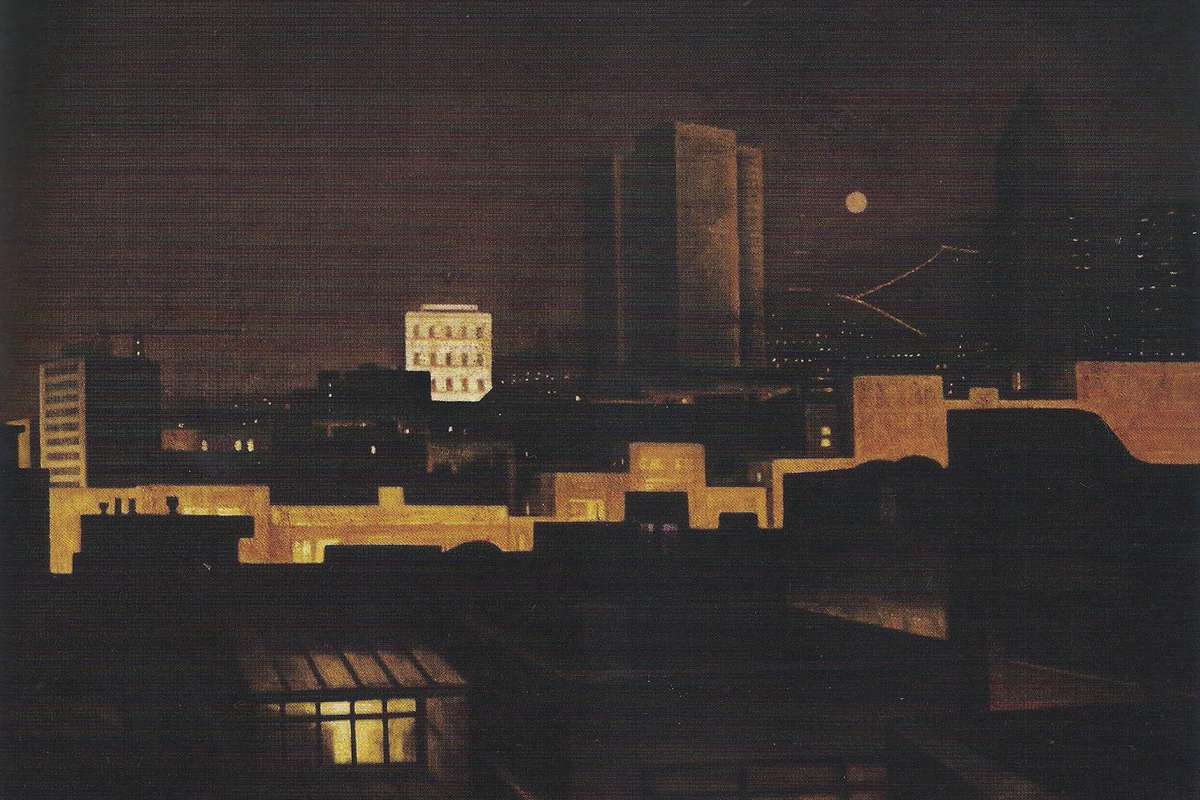
Samila Amir Ebrahimi: Tehran, 1995, Oil on Canvas.
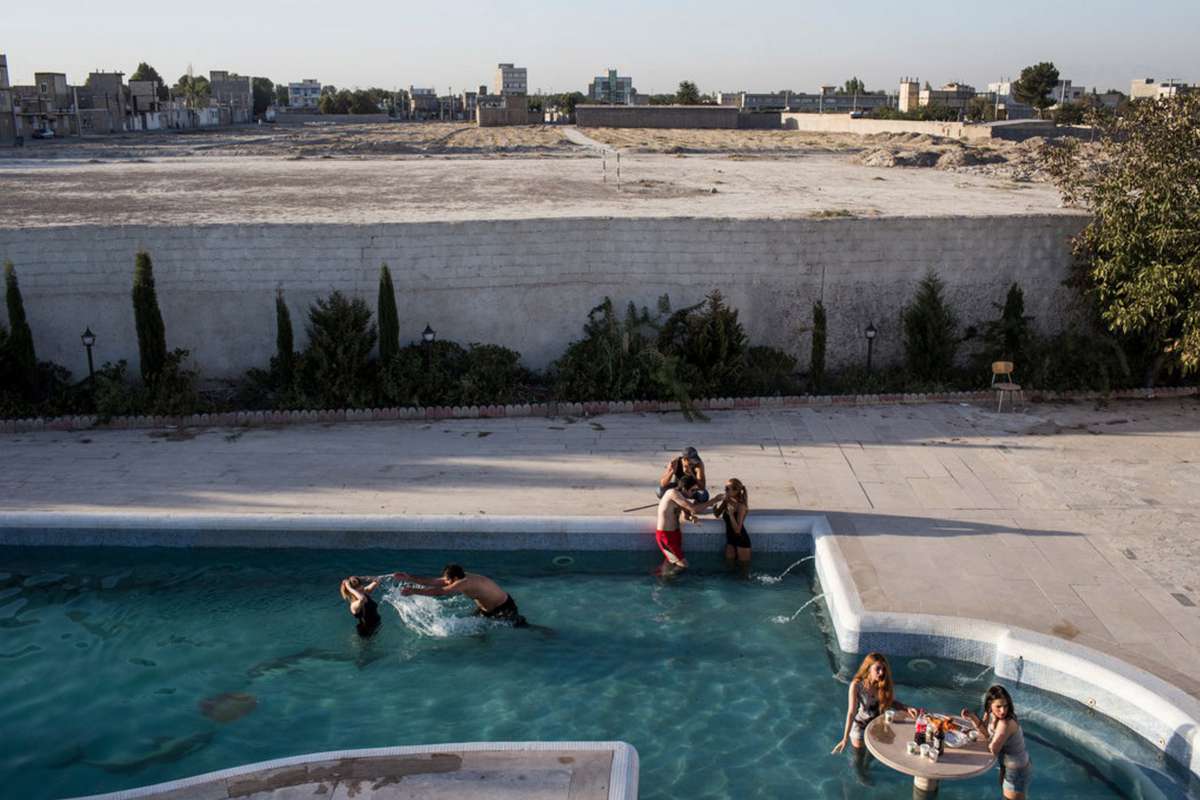
Fundamental political and ideological changes following the Islamic Revolution in 1979 had severe consequences in the urban fabric of Tehran. Newly imposed restrictions segregated the inhabitants of the city from public spaces, instead of further using them for urban, social and political integration. Alternative spaces emerged. These spaces correspond to a hidden layer of the city, they are volatile, flexible and in constant change, giving them a certain immunity against control.
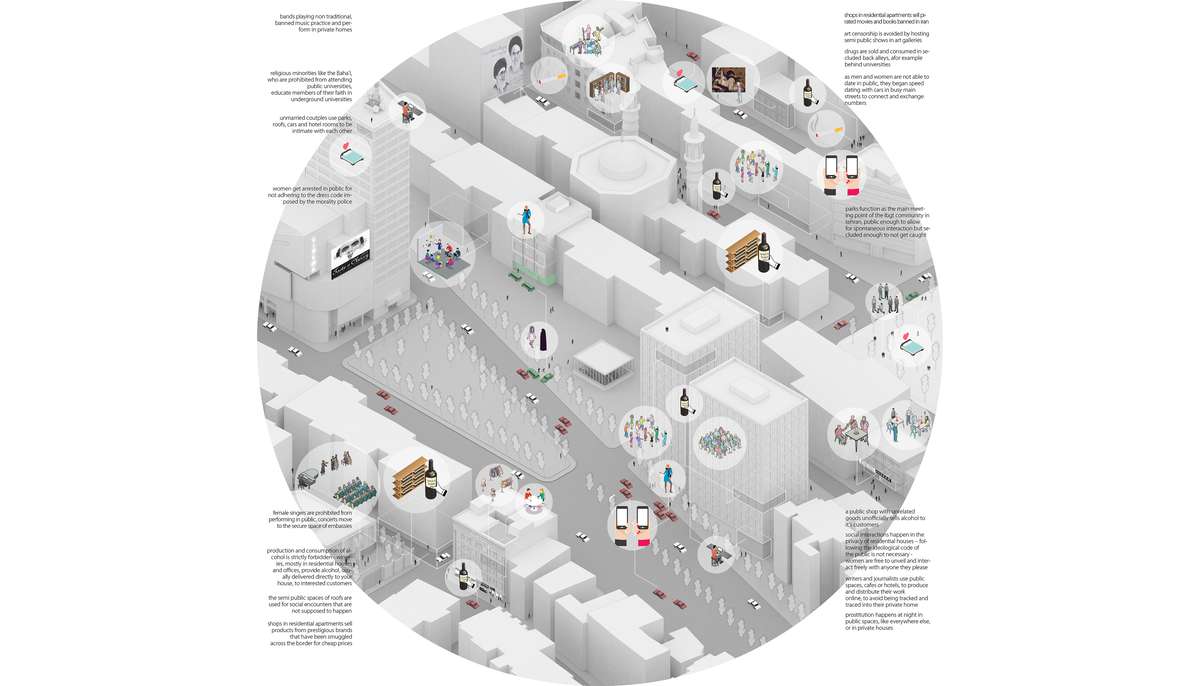
This illustration reveals the activities that happen in the examined subversive spaces, invisible from the eyes of the public.
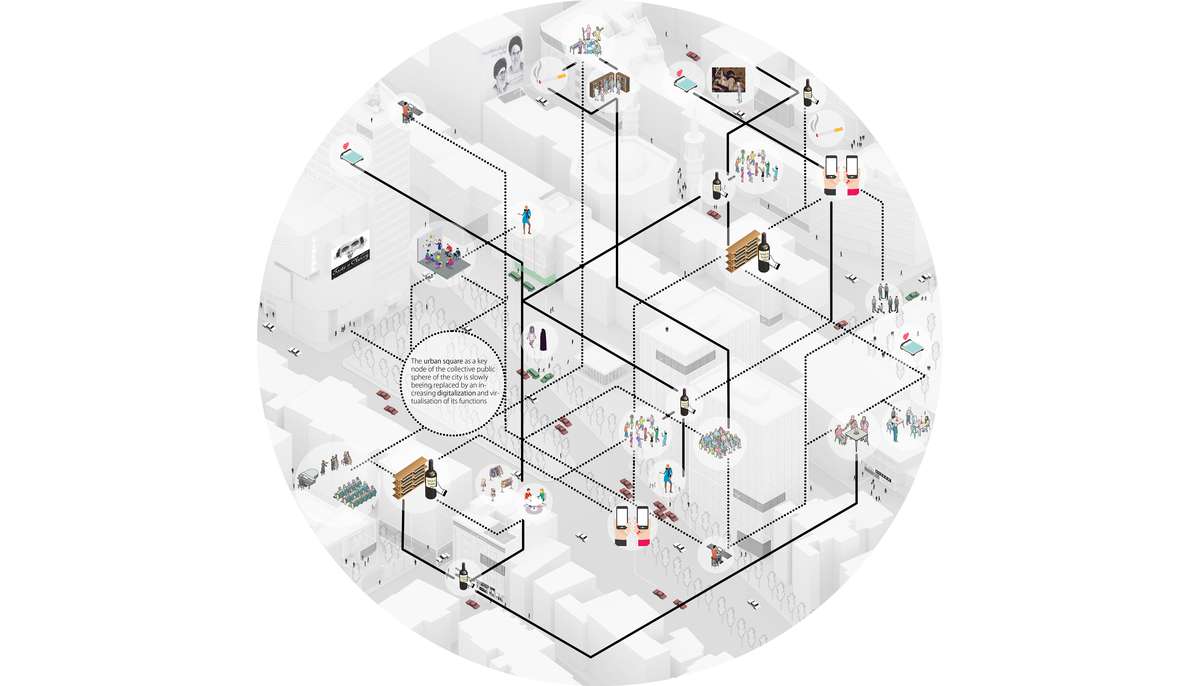
Many types of public spaces are being slowly supplemented by an increasing digitalisation of their functions. This graphic shows how they are interconnected with each other and to the digital realm.
Subversive Cities
Subversive Cities

Present cities often face a multitude of exclusions caused as a consequence of spatial segregation. In the near future this is at a risk to increase, a further fragmentation of cities is possible.
Subversive Cities aims to illuminate, exemplified with the city of Tehran, the strategies that are used to counteract spatial segregation in the public sphere and to illustrate the way in which they manifest in the city presently, with a emphasis on learning from them for future developments in a similar vein.
Multiple forms of subversive space are examined, from fixed physical spaces to more fluid counter publics, concluding with functions of public space being fully moved the digital realm. Together they represent attempts at reestablishing parts of the lost participatory nature of the city, in the face of many exclusions.
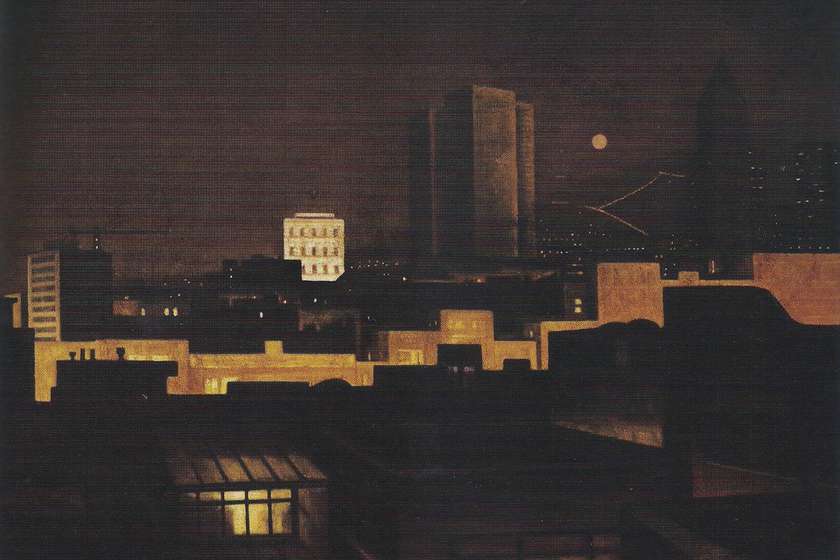
Samila Amir Ebrahimi: Tehran, 1995, Oil on Canvas.
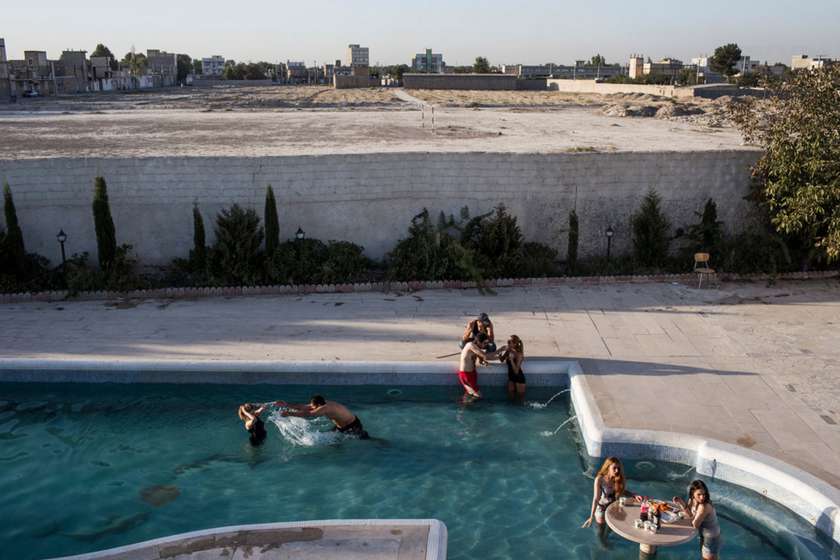
Fundamental political and ideological changes following the Islamic Revolution in 1979 had severe consequences in the urban fabric of Tehran. Newly imposed restrictions segregated the inhabitants of the city from public spaces, instead of further using them for urban, social and political integration. Alternative spaces emerged. These spaces correspond to a hidden layer of the city, they are volatile, flexible and in constant change, giving them a certain immunity against control.

This illustration reveals the activities that happen in the examined subversive spaces, invisible from the eyes of the public.
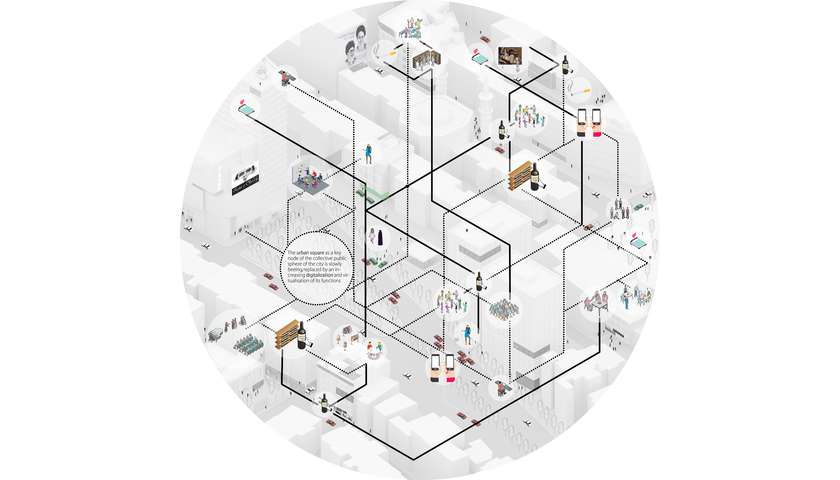
Many types of public spaces are being slowly supplemented by an increasing digitalisation of their functions. This graphic shows how they are interconnected with each other and to the digital realm.